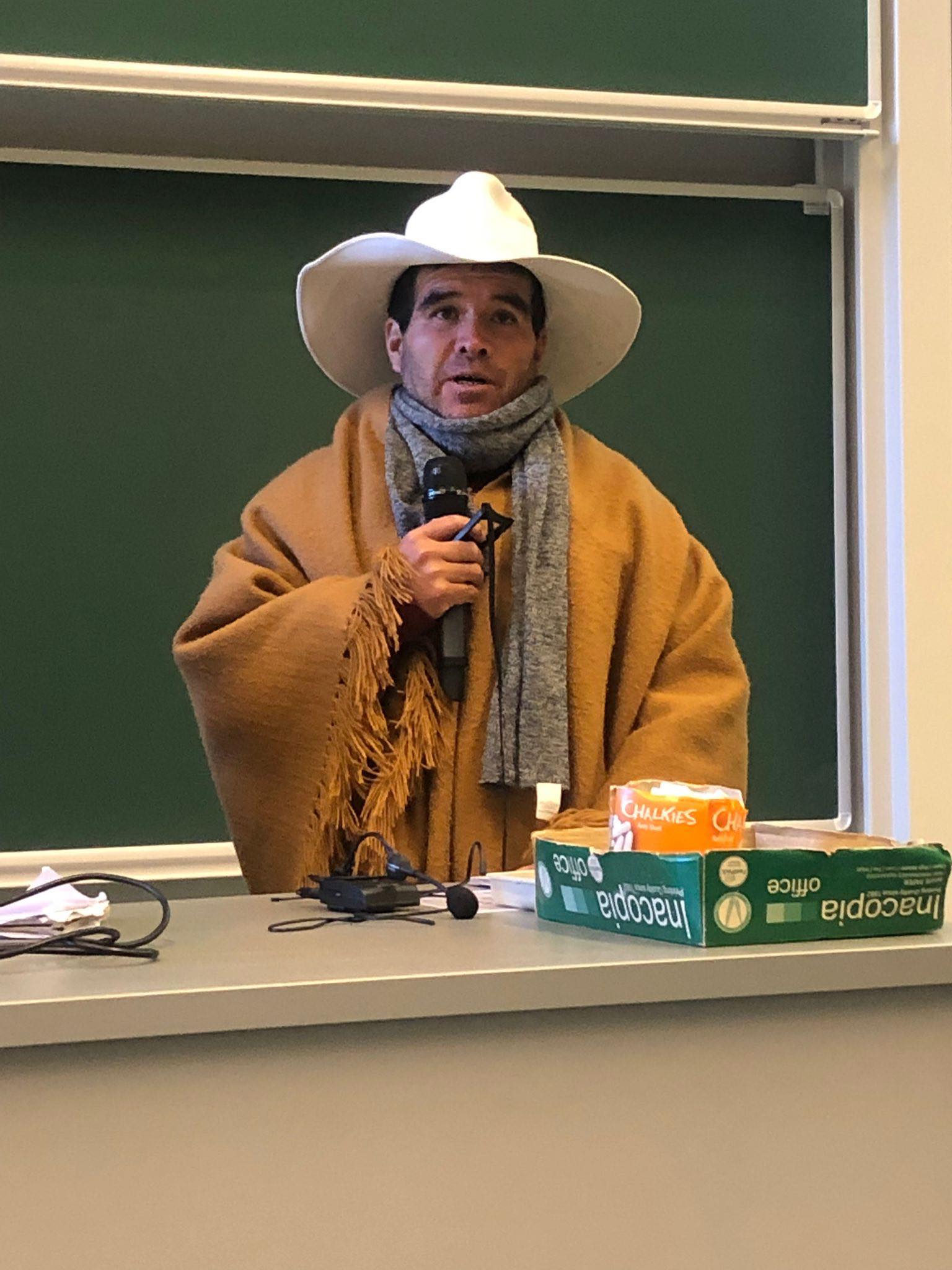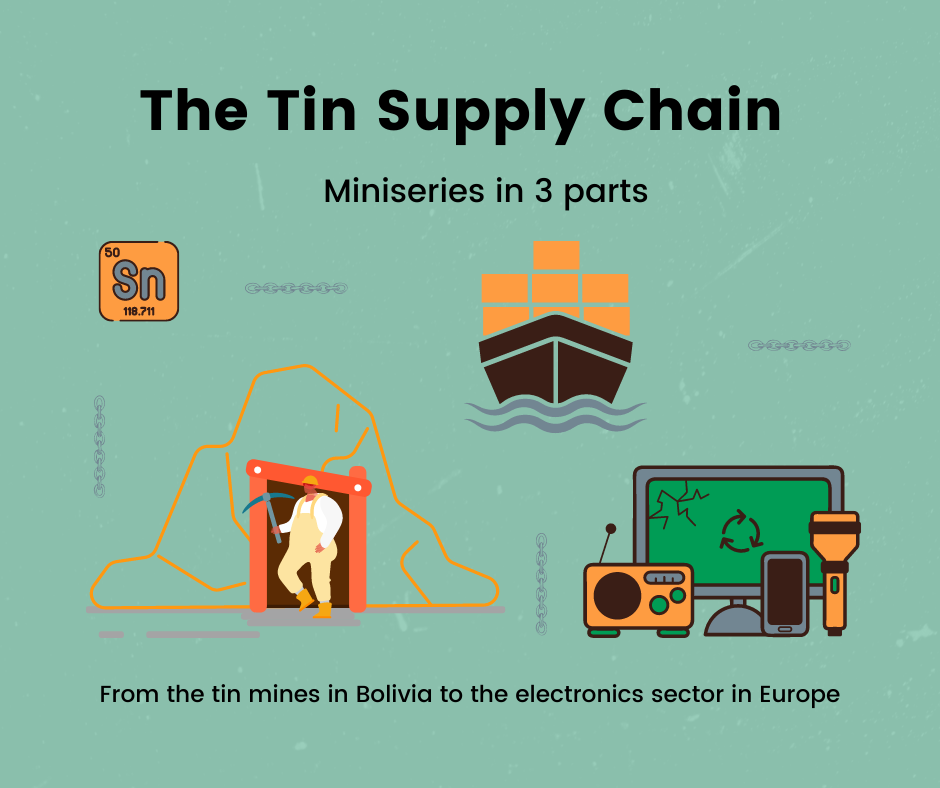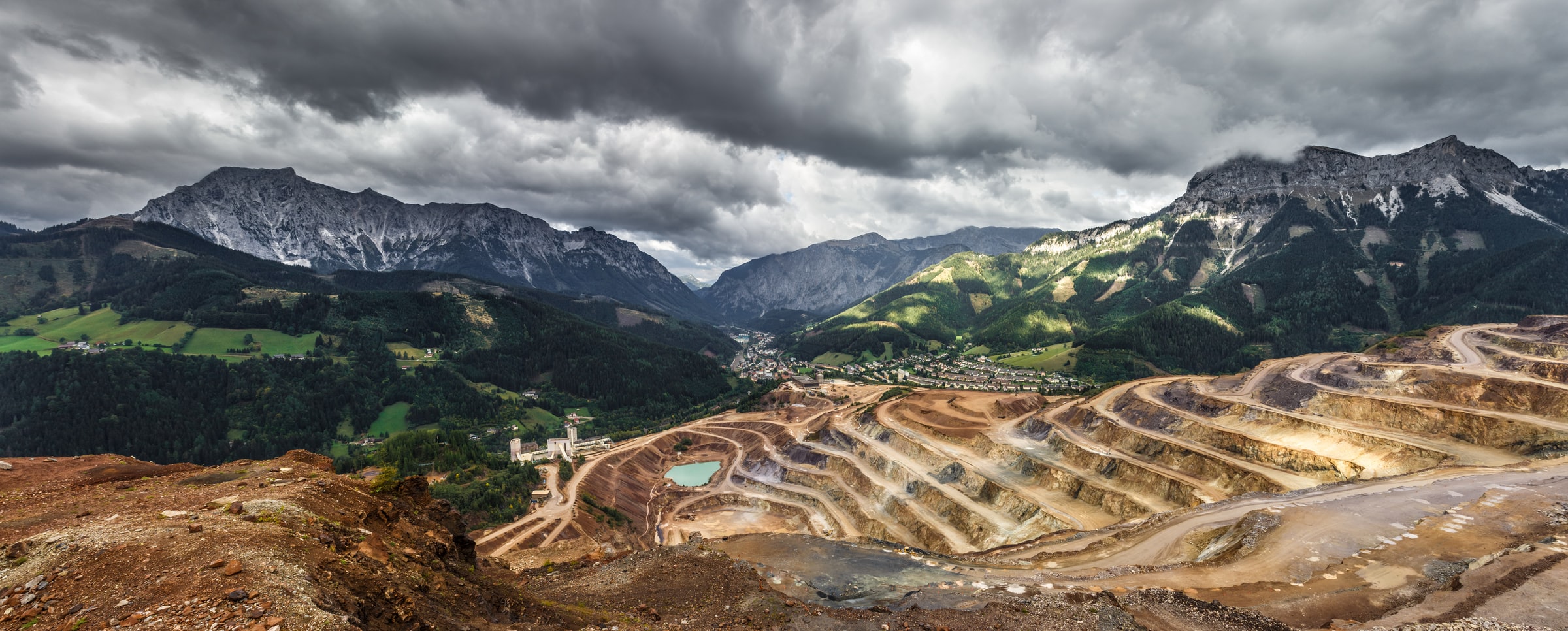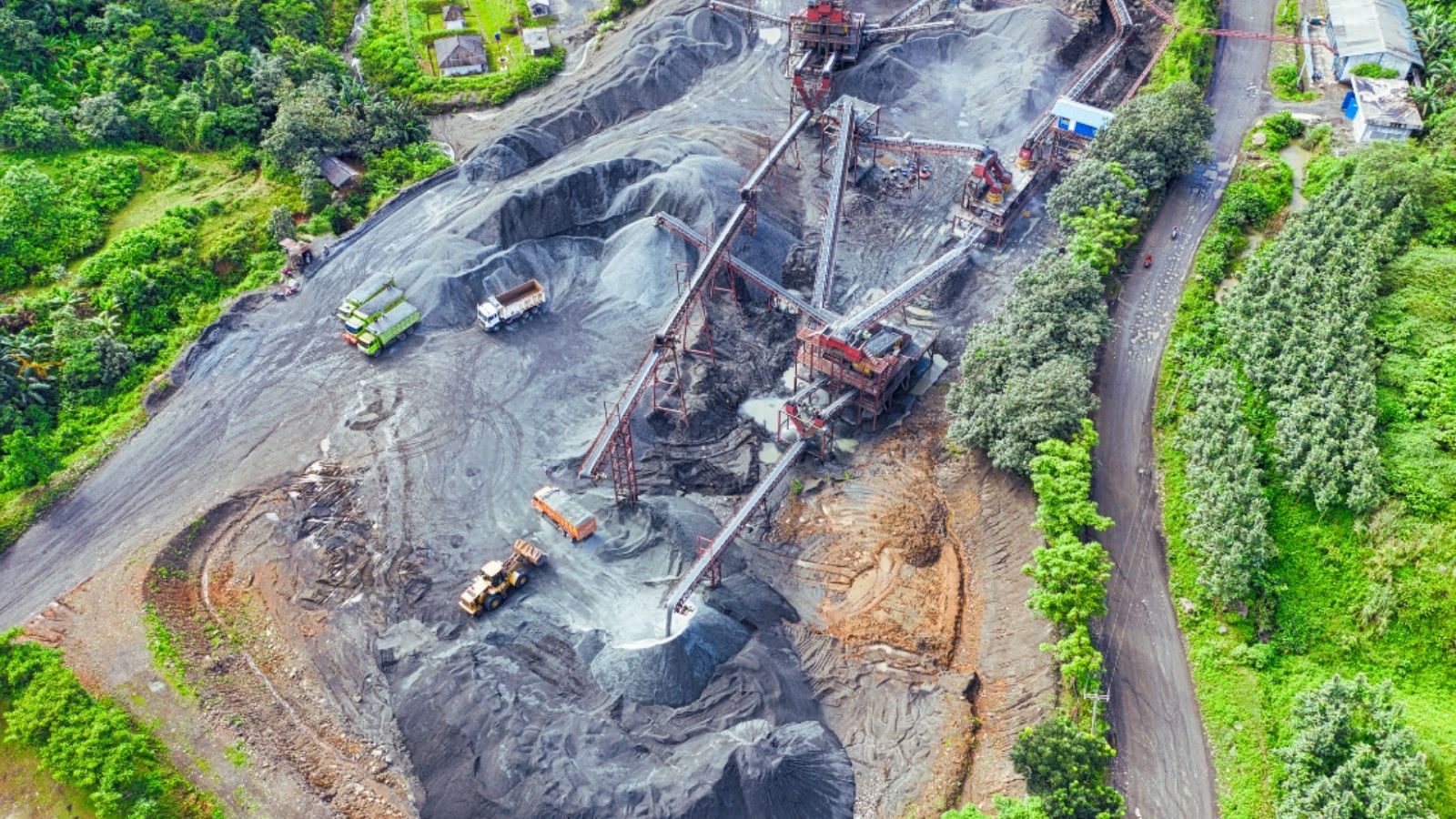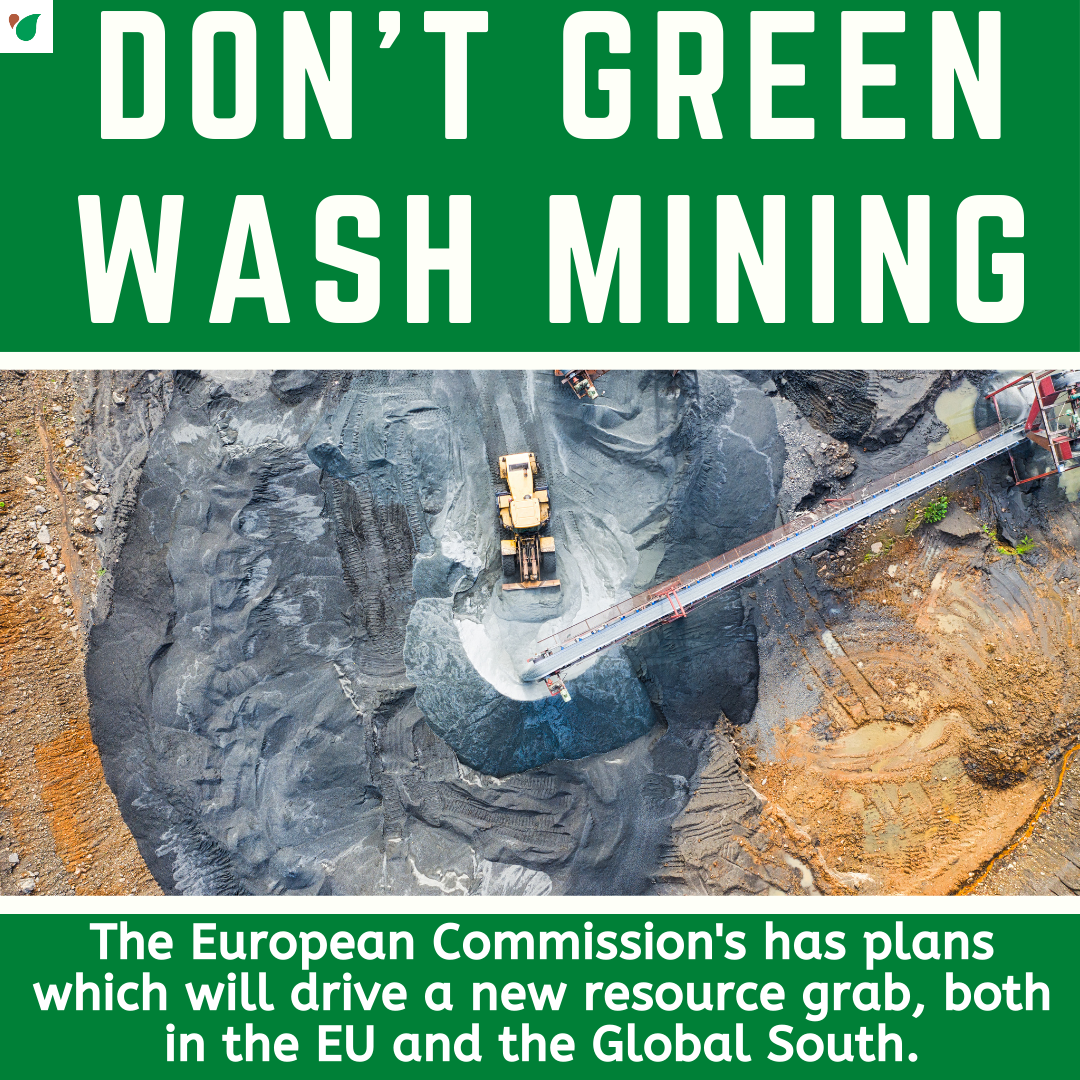Speaker’s Tour Student Event – Citizens Council: Extractivism and KULeuven
Speaker’s Tour Student Event – Citizens Council: Extractivism and KULeuven
We do not eat gold, we do not drink oil.
(Rosas Duran Carrera, KULeuven Student Event)
During this year’s Speaker’s Tour CATAPA organised several events in student campuses across Flanders. On Monday 7th March Rosas travelled to KULeuven to deliver a striking testimony about the impact of several mining projects on his community and their collective resistance.

In the second half of the event, students were challenged to question the links between extractivism and their university. For example, KULeuven’s SIM2 Institute works on ‘environmentally friendly’ mineral and material extraction and recycling. The institute works with various extractive companies, such as Nyrstar and Umicore, with a history of environmental and human rights violations and ties to Belgian colonialism.

The enthusiasm in the room was electric. Students brainstormed several strategies around how we could take collective action to force KULeuven to divest from mining and provide greater transparency. We then planned a further meeting to turn these ideas into a concrete campaign.
This event was part of the Speaker’s Tour 2022.
Written by catapista Connor Cashell.
Sources:




